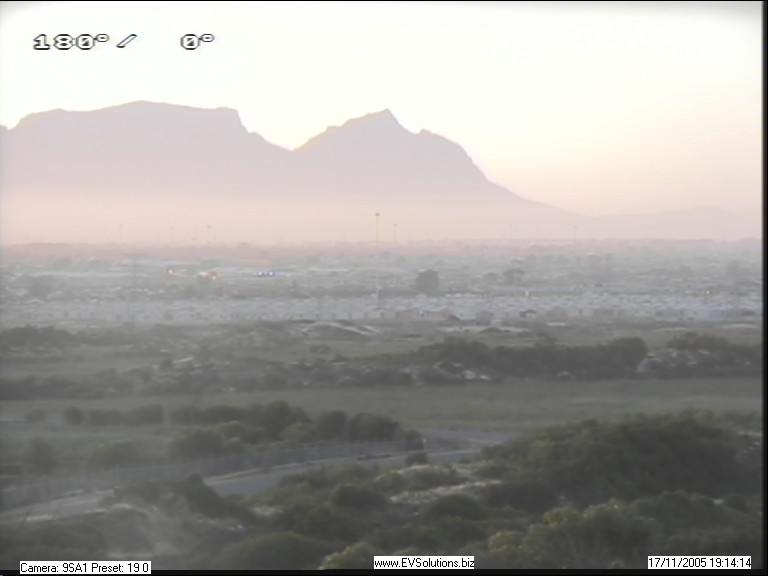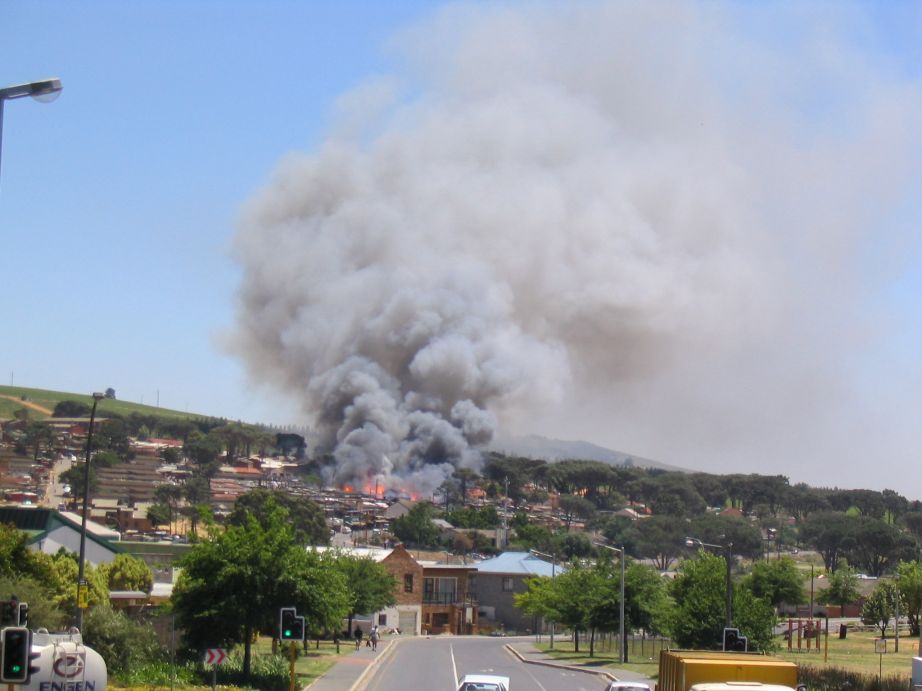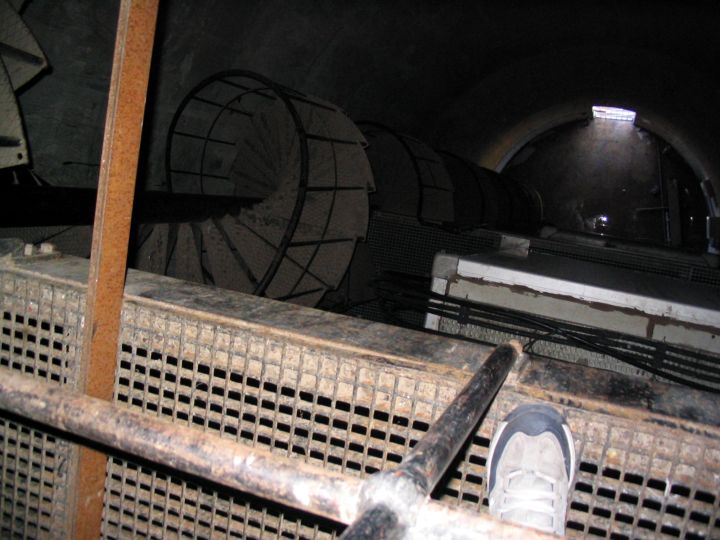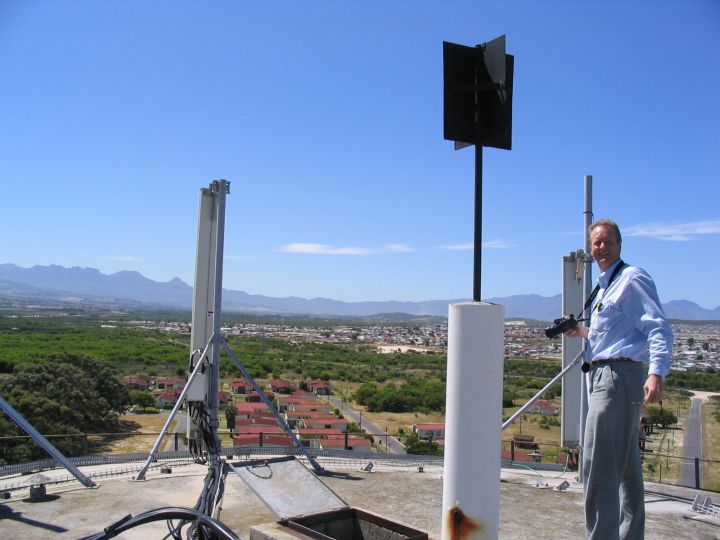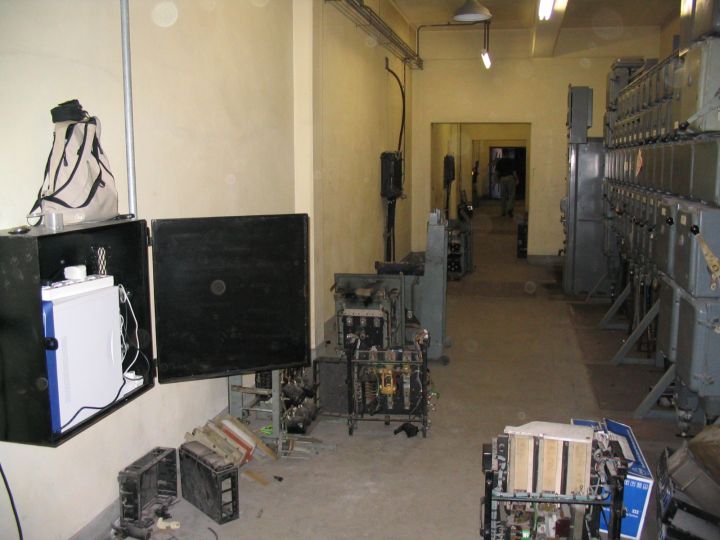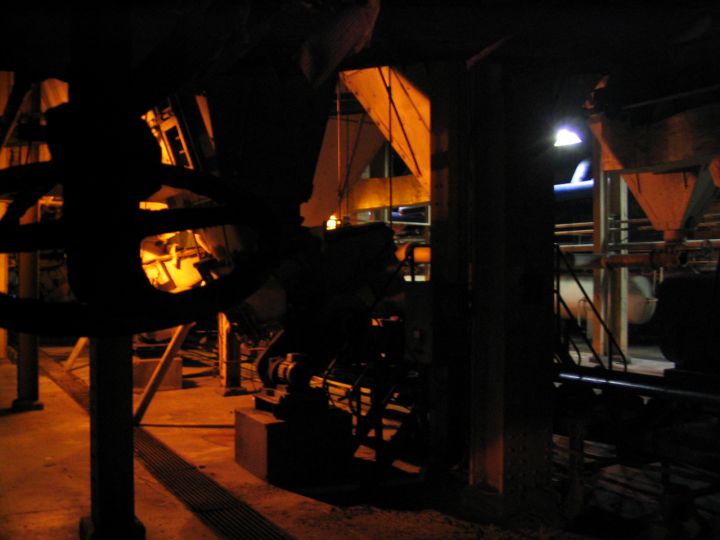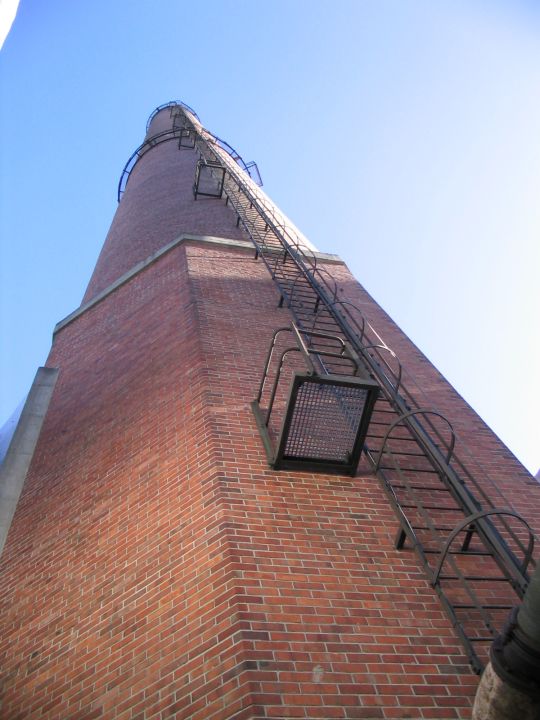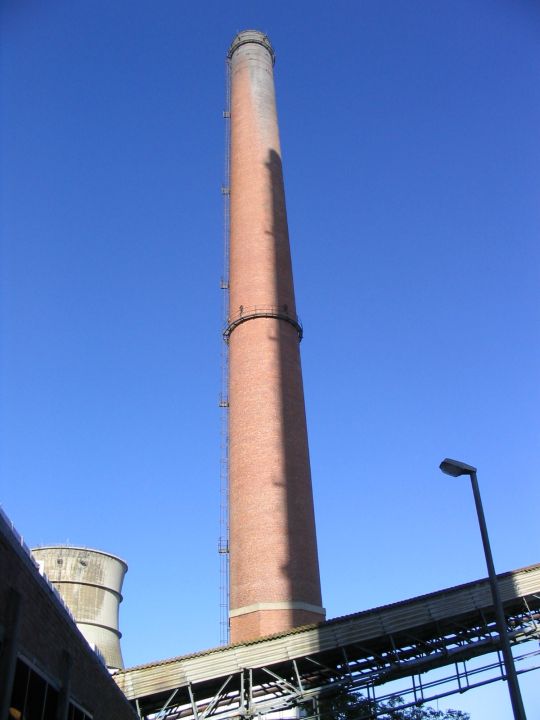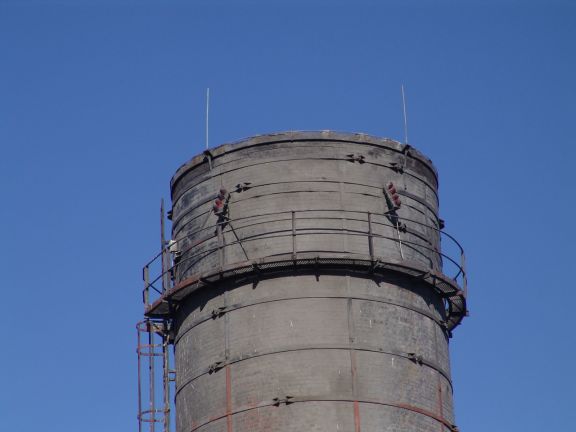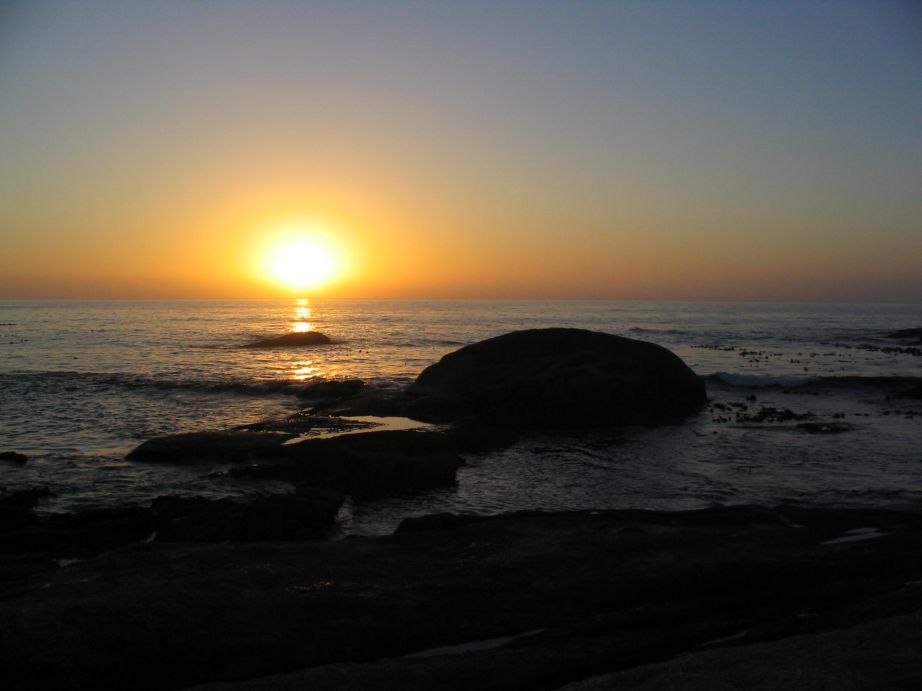Last week I took a trip down to Cape Town with Gavin to do some maintenance and inspections of our CityWatch system, which is now installed and running. The goal of this installation is early detection of fires in the informal settlements known as the Cape Flats.
It uses three cameras on top of strategic high points around Cape Town city. They scan their surroundings and send alerts back to the RFC (Regional Fire Centre), where an operator confirms smoke and escalates it if necessary.
Here’s an image of an active fire, and the subsequent destruction. This happened in an adjacent area. Fires like these are what we’re trying to detect and prevent. An early warning system can save so many lives, as the risk is very high, especially when it’s windy during the fire season.
The fire department has trouble maneuvering fire engines into these areas, because the houses are built right next to each other without any wide roads typically required by large trucks. To work around this, they tried aerial water bombing, but they found that this did more damage and risked more lives. The current approach for unreachable fires is to drop fire retardant foam, which isn’t as destructive as water, since foam is lighter.
During a fire, residents in these areas empty their homes of all their belongings, creating blockages in the streets. They’re trying to save their possessions, but the obstruction in the roads risks blocking the fire engine.
One fireman told us how he suddenly lost pressure on his hose while trying to extinguish a fire. He looked around to see that someone had made a cut in his hose so they could try direct the water onto their own property.
The first camera is at the 9th South African Infantry (9SAI) military base, on a water tower. The tower itself is hollow, and the water is stored on the edges of the top of the tower. In the picture above, the view down to the door where we entered, you can see the spiral stairs on the left as well as the two floors below which have the Vodacom and MTN base station equipment on them.
At each tower, there is a full PC computer which controls the camera and sends the images back to the control room over a wireless point-to-point connection.
Next stop, Athlone Power Station. This old coal power station was once in operation, but it caused too much pollution, so it’s now mothballed. Inside a small box, in a sealed off, dusty room, sits our station, chugging away with no monitor or keyboard, happily sending images to the control room. Around it is all the abandoned machinery from the coal plant.
To get to the camera, it’s necessary to climb a 100 meter tall tower. It’s such a long climb that there are rest platforms along the way up the ladder. I won’t lie, it’s VERY scary, especially when the wind threatens to rip the shirt off your back, as you cling on for dear life! No harnesses or ropes provided in this abandoned power plant.
Those lights on the top of the tower are aircraft warning beacons. Once you’re at the top, your arms are jelly because it’s been at least 10 minutes of climbing. The view is quite nice, and it turns out that going down is much simpler.
Here are some more pictures I took around Cape Town:
